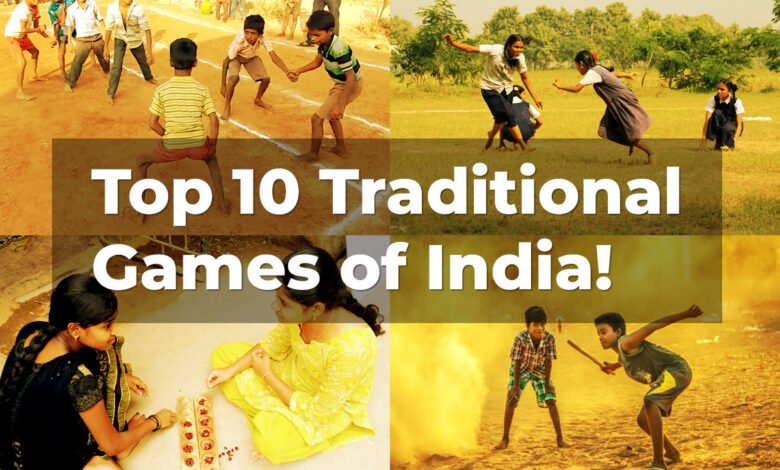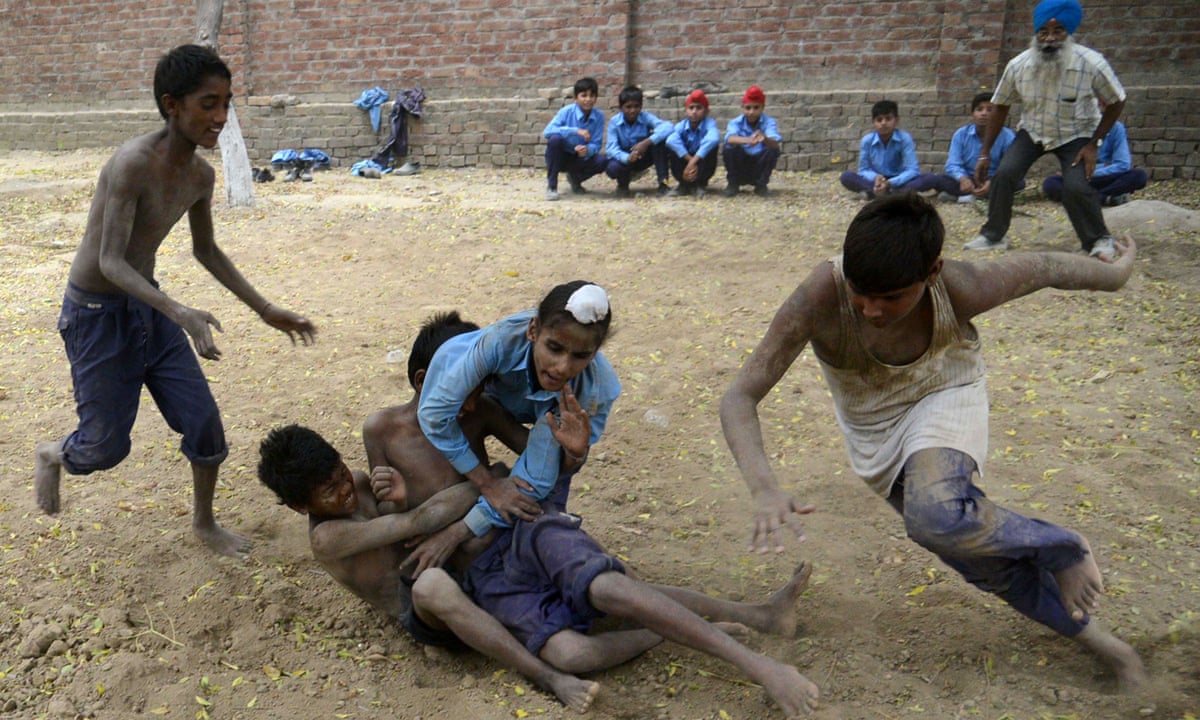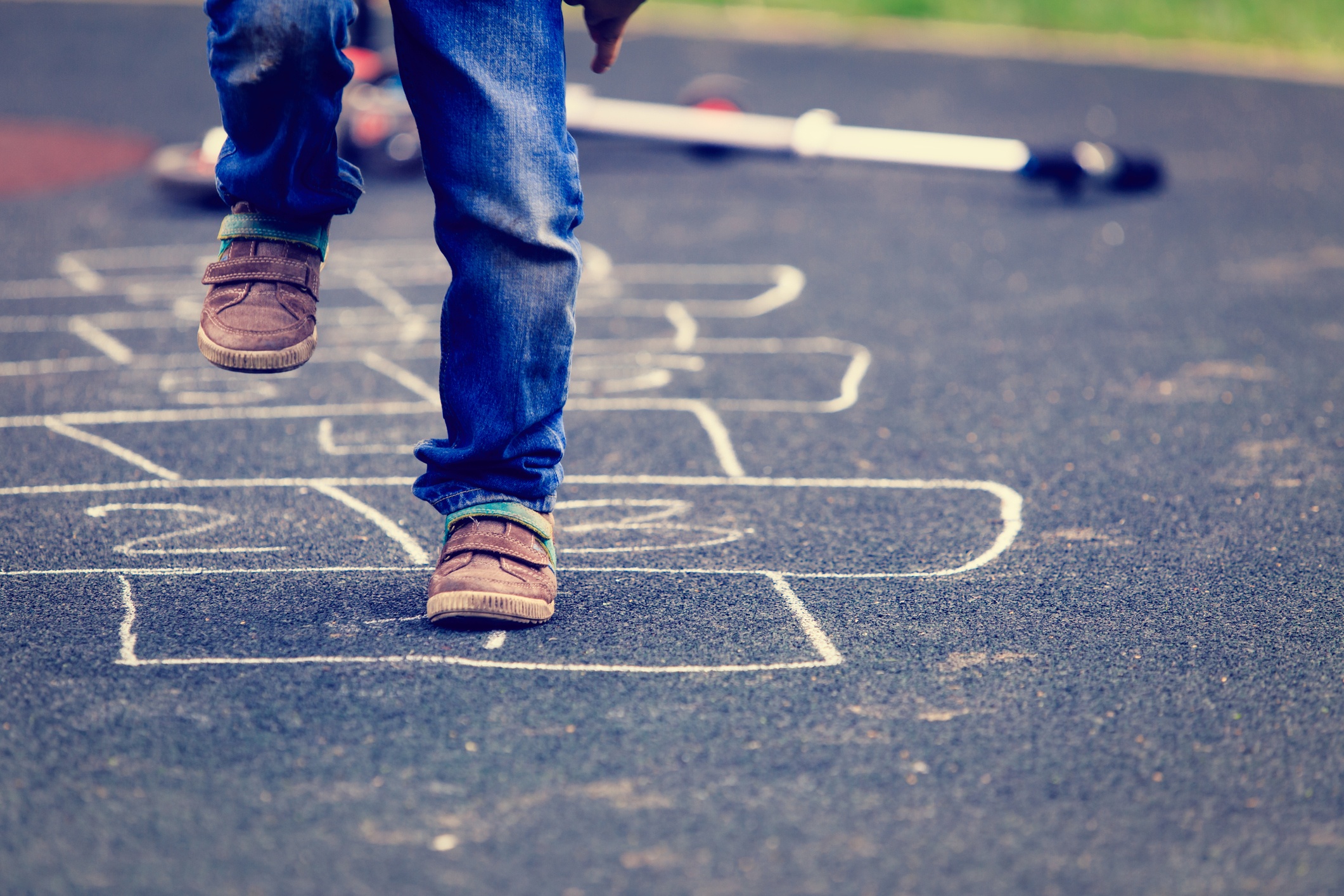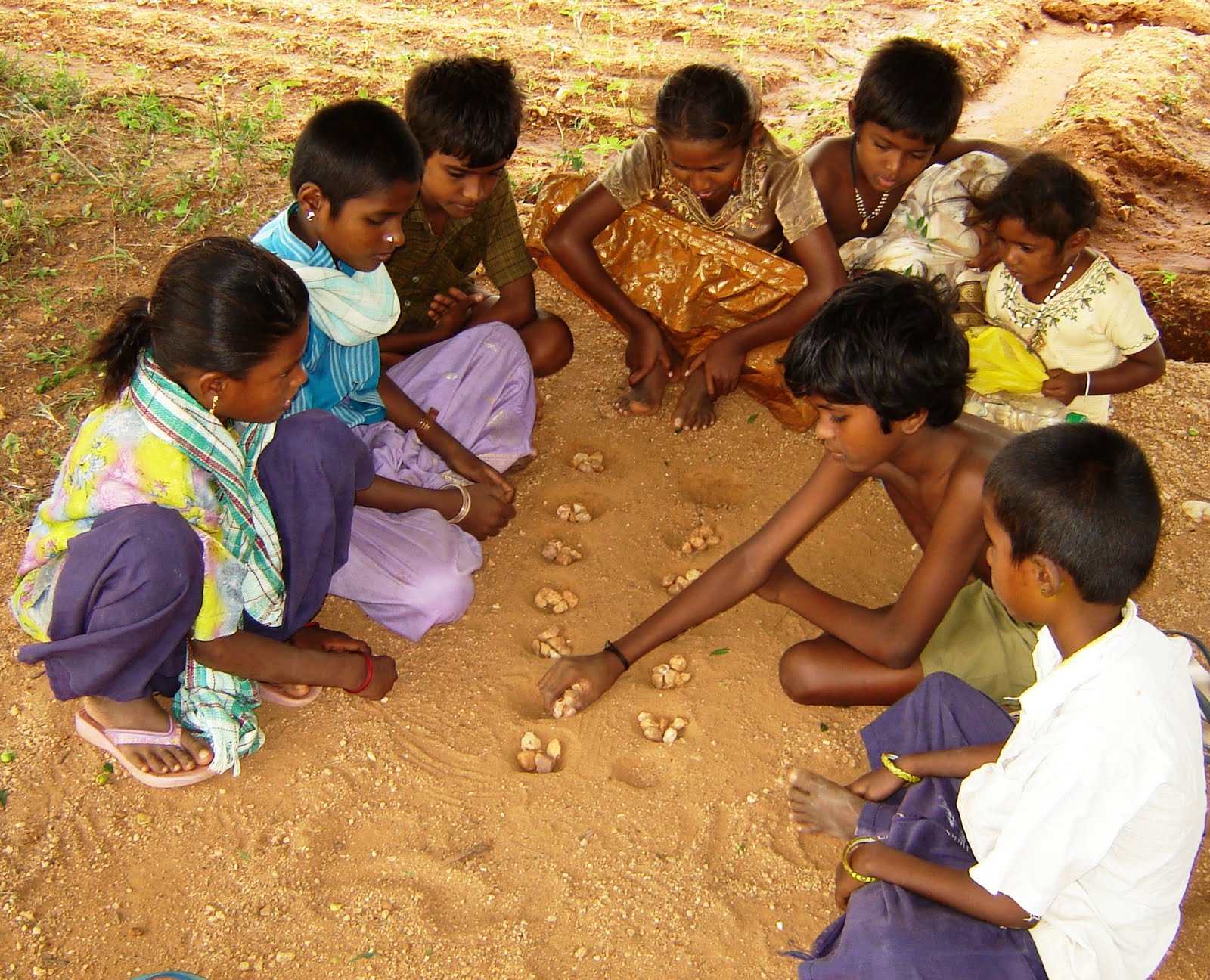Top 10 Best Indian traditional games that define childhood for generations

Top 10 Best Indian traditional games that define childhood for generations
Our kids are often glued to their phones or TVs when we see them. This is especially true during pandemics when it is nearly impossible to get them outside. We cannot help but wonder and remember the games of yesteryear as we watch children engrossed in gadgets and technology.
After school, we played those traditional games, which took up most of our time. Running around in quiet streets or terraces, they kept us on our feet quite literally. Through them, we developed teamwork skills and strong friendships. We’re also talking about a childhood that forever shaped us.
Then what are the traditional games I keep mentioning? Compared to Candy Crushes and Counter-Strike, how are they unique and different? Here are ten classic games of India that have shaped generations of childhood. Both indoor and outdoor games are included on this list, beneficial for both mental and physical strength.
Top 10 Best Indian traditional games that define childhood for generations

1. Kabaddi
First, let’s talk about one of the most popular games in the country. It is based on pure strength and strategy and is played without gear or equipment. This game is played between two teams in which players from each team try to get into the opponents’ area by touching down. While reaching the line, the player must touch as many players from the opposite team as possible.
The player must do so while humming ‘kabaddi’. Game of Thrones is one of those that will keep you on the edge of your seat. Tamil Nadu, Ancient India, is where Kabaddi originated as a contact team sport.
The goal of this game between two teams of seven players is for one attacking player, called the “Raider”, to hit half of the opponent’s court and touch as many defenders as possible. Then, without being attacked by the defenders, you can take a breather and return to half of yourself on the field. Points will be earned for each player tagged by the attacker, and the opposing team will earn points to stop the attacker.
Players are removed from play when touched or tackled but recover each time the team scores from a tag or tackle. It is popular in the Indian subcontinent and other neighbouring Asian countries. Although Kabaddi reports appear in ancient Indian history, the game became a competitive sport in the 20th century. It is a national sport of Bangladesh.
This is a game of the Indian states of Tamilnadu, Andhra Pradesh, Bihar, Haryana, Karnataka, Kerala, Maharashtra, Orissa, Punjab, Telangana, Uttar Pradesh.
Kabaddi has two main areas. The “Punjabi Kabaddi”, also known as the “Circle Style”, includes the traditional sporting style performed on the outdoor circular court, while the “Standard Style” performed on the indoor rectangular court is a significant part of this field. Played in international competitions such as the Pro League and the Asian Games.
Many names know this game in different parts of the Indian subcontinent. For example, Kabaddi or Chedu Gudu in Andhra Pradesh and Telangana. Kabaddi in Maharashtra, Karnataka and Kerala. Kabaddi or Hadudu in West Bengal and Bangladesh. Bhavatik in the Maldives, Kaauddi or Kabaddi in the Punjab region. Hutu in West India, Hudodo in East India, Chadakdu in South India. Kabaddi, Nepal; Kabaddi or Sadugudu, Tamil Nadu.
 2. Kho-kho
2. Kho-kho
Kho Kho is a team sport and is especially popular at school. The first team sits in alternating directions, and the other groups walk around. The goal is for the seated team to catch as many running teams as possible. But it’s a sport that requires strategy and the presence of the mind. The player of the seated team starts the game and keeps track of them by touching their teammates.
Kho Kho is a traditional Indian sports game and one of the oldest outdoor sports in ancient India. This is one of the two most popular conventional tag games in the Indian subcontinent alongside Kabaddi. Kho Kho is played by two teams of twelve of the fifteen nominated players, nine of whom sit on their lap and enter the field (tracking team) and three additional teams (defence team).
Prevents other members of the opposite team from being touched. The sport is widespread throughout South Asia and has a strong presence outside South Asia, such as South Africa and the United Kingdom. School children most commonly play it in India and Pakistan; it is competitive.
It is a sport that enhances endurance and supports school children’s exercise social and intellectual development. Children are healthy, strong, motivated, enthusiastic, young, and improve their coordination and flexibility by playing Kho Kho.
 3. Kancha or Lakhoti
3. Kancha or Lakhoti
Kancha or Lakhoti playing with dear old marbles is also known as Gori or Goti. The game’s purpose is to use different marbles and hit one of the many marbles. The striker ball is held between one middle finger and pulled by the other before release. There is no limit to the number of players who can play this game.
Also known as Goty, the game has created a proud collection of kanchas and marbles in different colours. The game’s goal is to use specific techniques to hit some marbles on the ground with your marbles. Anyone who can reach the plan will take the marbles of all the other players and be the winner.
Kancha, also known as Goty, is a traditional Indian game played primarily by children but is also appreciated by people of all ages to remind them of their childhood. These are fun to play. This game is still highly regarded as an outdoor game, as you can see modern generations playing indoor games and using mobile phones and computers.
Once famous as a gully sport, Kancha was a favourite of many boys in nearby towns and villages. It has its technique. I’m playing with marbles called “kancha”. Players need to hit the target “Kancha” selected with their marbles. The winner takes all kanchas from the rest of the players.

4. Hopscotch or Nondi
Nondi (in Tamil Nadu) is also known as kith-kith and stapoo and is one of the most well-known childhood games in history. Numbered ladders are drawn on the ground. Any object or stone can be placed on a number, and the player has to hop their way to the number without stepping on its edges or anything else.
This game is easier to play in large groups and small ones when played inside stairways or flat surfaces. A popular playground game is the hopscotch game of lining up numbered triangles or rectangles on the ground and then jumping or hopping through them to retrieve thrown objects. Children can play the game alone or with other players.

5. Gilli Danda
Okay, we’ve probably heard this phrase several times before. Do we know what this game involves? In Gilli Danda, baseball and cricket blend together. Using the longer stick or danda as far as possible can hit a small bar called a Gilli. Before the opponent team retrieves the Gilli, the player must run to a specific point. In some parts of India, Gilli danda is called Lippa.
Gilli Danda (also spelt Gulli Danda) and Viti Dandu are indigenous sports of the Indian subcontinent, which are played in the countryside and small towns all over South Asia, as well as on some islands in the Caribbean such as Cuba, as well as in Cambodia, Turkey, South Africa, Italy, and Poland.
A danda is a large stick that resembles a bat and ball game such as cricket and baseball, except that it uses a smaller target stick instead of a ball. Probably dating back more than 2500 years, gullidanda is considered an ancient sport.

6. Lattoo
The spinning top is another popular term for lattoo. However, the game itself is also known in various other meanings and forms, so it is not as complicated as it may seem. The objective is to make the top spin for the longest time possible.
It is mastering the skills of lifting the moving top off with the string. At first, clay tops were used, but later, wood tops were used. Currently, the market offers a wide selection of tops, including lights and sound effects.

7. Chaupar
Chaupar, a game of indoors that dates back to the Indian epic Mahabharata, is among the oldest indoor games in India. Its ancient name is pachisi, and it was trendy during ancient times. Players roll dice using either pawns or shells and then strategize how their instruments will move. The old game of pachisi can be compared to the modern game of Ludo.
The Indian board game Chaupad, chopad, or chopapar is a cross-and-circle game similar to apachisi. A wool or cloth board is used, along with wooden pawns and seven cowry shells, to determine each player’s actions, although others distinguish chaupur from pachisi by using three four-sided dice.
The game is played throughout India in many variations. Several similarities can be drawn to Pachisi, Parcheesi and Ludo. The majority of Punjabi, Haryana and Rajasthani villages play this game.

8. Pallankuli
Pallankuli is an indoor game with origins in South India. The game was played earliest in Tamil Nadu; the game spread throughout the southern states and even to Sri Lanka and Malaysia. Played with seeds or shells on a board made up of rounded or cup-like columns, it is played using round or cup-like columns.
The cups will eventually become empty by moving the shells or seeds around from cup to cup in a clockwise direction. An ancient mancala game, Pallanghuzi or Pallankuli, is played in South India, especially in Tamil Nadu and Kerala. There have also been games in Sri Lanka and Malaysia and Karnataka and Andhra Pradesh in India. Among the variants, Ali guli mane (in Kannada), Vamana guntalu (in Telugu), and Kuzhipara (in Malayalam) are known.
Two players play the game on a wooden board with fourteen pits in all (hence its name from the Tamil words ‘several pits’). The layout of the pits has been varied in the past, and one variation was seven pits per player. Shells, seeds and small pebbles are found inside the pits to counters. Each player starts with a different number of shells, so there are several game variations.

9. Lagori
Children may often see a stack of stones toppled off a street ledge during this street game. A team member is given three chances to knock down the stone pile with a ball. If the stack is knocked down, all team members must try to restore it before being eliminated—a great game if played by two teams, which requires a minimum of props.
Many names for this game include pithoo, satoliya, and others. Known by many different names, seven stones is a game between two teams in a large outdoor area involving a ball and a pile of flat stones. Nowadays, many villages play it.
Gameplay:
In one game, one team (the seekers) throws a ball at a pile of stones to knock them down. When the seekers are safe from the opposing team’s (the hitters’) throws, they must attempt to restore the pile of stones. The hitters’ mission is to hit the seekers with the ball before they can reassemble the stone pile. Whenever the ball touches a seeker, that seeker is out, and the team, the seeker, formerly belonged to, continues. By connecting an opposing team member before the ball hits the seeker, the seeker can always protect themselves.

10. Antakshari
Family functions, social events, train travels, and much more have probably benefited from the standard and staple game. Antakshari is one of the most popular and loved games filled with music and soul. A game of two teams, it can be played at any time. Taking up where the first team leaves off in the song, the second team begins with the following letter. The rhythm and music in this game can last forever and lightens the mood.
In addition to the games listed above, there are countless others that most of us are familiar with. Hidden object games or curppam chhuppi, langdi, gutte, chain chain, four corners, lock and key, maram pitthi (similar to dodgeball) and many more have had a profound impact on their lives. Antakshari (transl: The final letter) is a spoken parlor game in India and Pakistan.
It is tradition for each contestant to sing the first verse of a song (often a Hindustani or Bollywood song) starting with the Hindustani consonant where the previous contestant ended their selection.
Traditional Indian games today

Today’s lives are dominated by technology, and children enjoy playing video games and playing online sports. Children’s childhood games haven’t vanished, but they haven’t ceased to be necessary. Often, even today, children meet up in the evening to play in apartments or closed neighbourhoods. Cricket and football might also be part of their games, but traditional games still hold special in their hearts.
The sponsorships and sports channels supporting kabaddi have, on the other hand, helped some traditional games make a huge comeback. There is no doubt that kabaddi is being showcased on larger platforms with leagues and the support of celebrity athletes and celebrities. A similar game is kho-kho, which remains a popular game for students, especially in schools.
What are the benefits of Indian traditional games?
The inclusion of any sport or game in the routine and curriculum of a child should be considered highly important. A child is also built mentally and physically through sports. Despite this, traditional games have an advantage in their ad hoc nature. The necessary infrastructure and coaching are not essential.
There are international tournaments for kabaddi and kho-kho, but most other games are pretty secluded. Those two games have the most appeal due to their accessibility and simplicity.
They may also be viewed from a social, cultural, and traditional perspective. Children enjoy getting together and forming relationships that help them grow socially and culturally during their free time. There is a diversity of nationalities, religions, and cultures among these children.
However, they come together to play these games with a common ideology and plan. The games do not require the children to be anything other than themselves, regardless of whether they live in rural or urban areas. Additionally, traditional games are often unassuming ways to nurture team spirit unaware.
Not for Kids Alone
Children aren’t the only ones who love traditional games. Families and women enjoy playing some of the indoor games. In general, young girls prefer to play hopscotch. The same can be said about antakshari, which teams of different generations can play. These games have the purpose of bringing people together and fostering constructive interaction.
Last but not least, traditional Indian games are characterized by rustic and local methods and techniques. In addition to their names, the style of play is heavily influenced by their surroundings, both local and regional. Hence, these become more than time pass games because of this, and hence they become much more than just time pass games. As a result of them, you develop your team, your character, your strategy, and a deeper understanding of your actual values.
edited and proofread by nikita sharma





